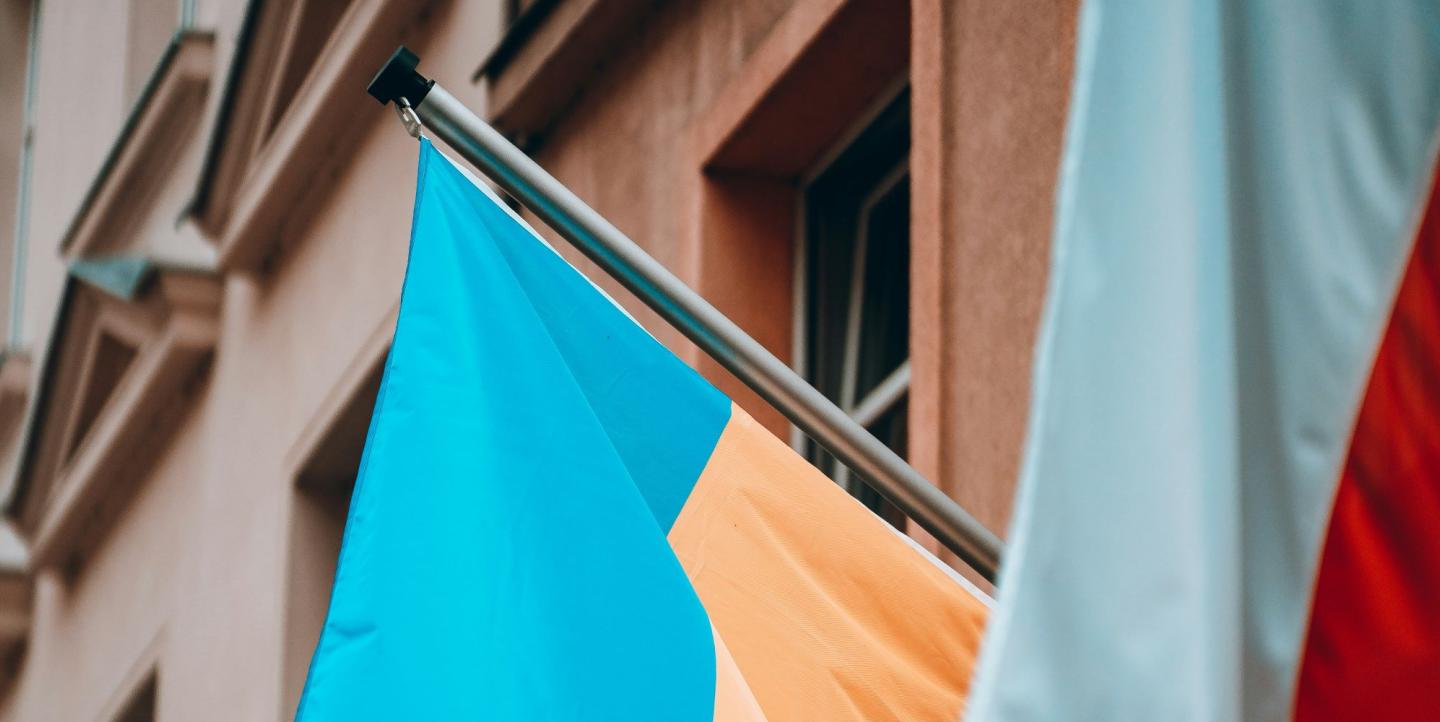When Russia invaded Ukraine, veteran journalist Joanna Mosiej saw beyond the headlines. While others focused on front-line coverage, she recognized a different story emerging in her native Poland – one that needed to be told.
"There is a war on the other side of the border, that for me was impossible to imagine," Mosiej says, leaning forward as she describes the moment that sparked her "crazy idea" to launch Sestry.eu (translates as Sisters), a groundbreaking bilingual media platform.
Drawing on her experience as former deputy publishing director of Gazeta Wyborcza, where she led a team of 800, Mosiej might have seemed perfectly positioned to launch a new media venture. Yet building Sestry.eu from scratch proved to be an entirely different challenge.
"I thought I knew everything about media," she admits with a laugh, "but starting from zero, growing an audience, establishing processes – it was really hard."
What began as a practical information resource for the million Ukrainian women now living in Poland quickly evolved into something more ambitious. Staffed by journalists who cut their teeth in traditional media, Sestry.eu found itself filling a crucial gap: fostering meaningful dialogue between Polish and Ukrainian women while maintaining the highest journalistic standards.
"Our politicians let us down this time. They still want to argue about history but we care about the future," Mosiej says, capturing the forward-looking spirit that drives the platform's mission.
In a media landscape increasingly dominated by AI-generated content and clickbait, Sestry.eu takes the road less traveled. Publishing two to three articles daily, the platform weaves solutions journalism into stories that matter to women in both countries.
The numbers tell their own story: 80,000 monthly website users and an equally robust Facebook following, all achieved through organic growth. But Mosiej is not resting on her laurels. December will see the launch of podcasts and newsletters, while the platform experiments with video content.
"We started with written format online because I like it," she confesses, "but I know I am a dinosaur and text will die with us. So we started experimenting on YouTube."
The audience Sestry.eu serves is unique: primarily educated, middle-class Ukrainian women rebuilding their lives in Poland, often in entirely different careers than they had at home. The platform also attracts Polish women eager to better understand their new neighbors as they offer support and friendship.
Behind the scenes, the operation runs with innovative efficiency. Articles first appear in Ukrainian before being translated to Polish using the AI-powered tool DeepL, though human editors must fine-tune the translations due to the nuances of both languages. While most media outlets have withdrawn their Ukraine correspondents due to rising risks and costs, Sestry.eu maintains its coverage through creative approaches, including partnerships with freelancers who accompany humanitarian aid workers and report stories from the ground.
Funding comes through a carefully balanced mix of private donations, grants, and commercial partnerships. "It is impossible to have just one source of revenue," Mosiej explains, demonstrating the practical wisdom that has helped Sestry.eu make it past their first-anniversary milestone.
Strategic partnerships, including content republishing agreements with Axel Springer, have boosted the platform's visibility. While focusing on women's issues and Polish-Ukrainian dialogue might seem niche, Mosiej sees it as the future of media: serving specific communities with depth and authenticity.
As the war continues to reshape the region, Sestry.eu stands as a testament to the power of journalism to build bridges, even in the darkest times. It is proof that sometimes the craziest ideas – like launching a new media platform in a world already saturated with content – are exactly what we need.
This article was created with the help of Claude.ai, and written and edited by a human. It was originally published on journalism.co.uk and republished on IJNet with permission.
Photo by Szymon Shields on Unsplash.

